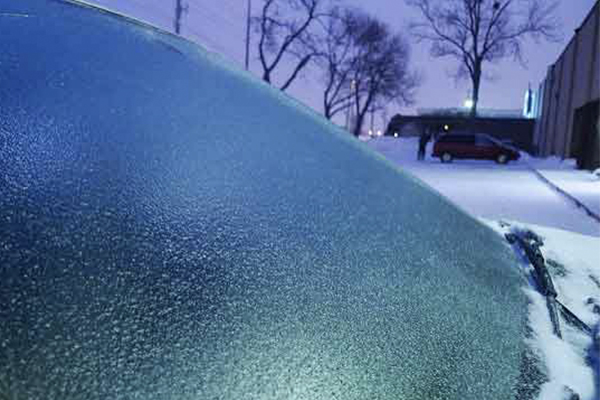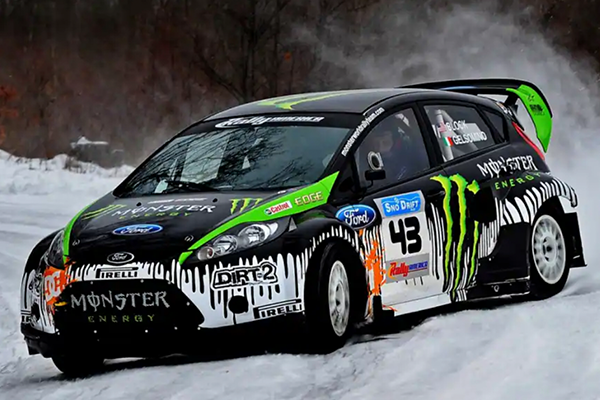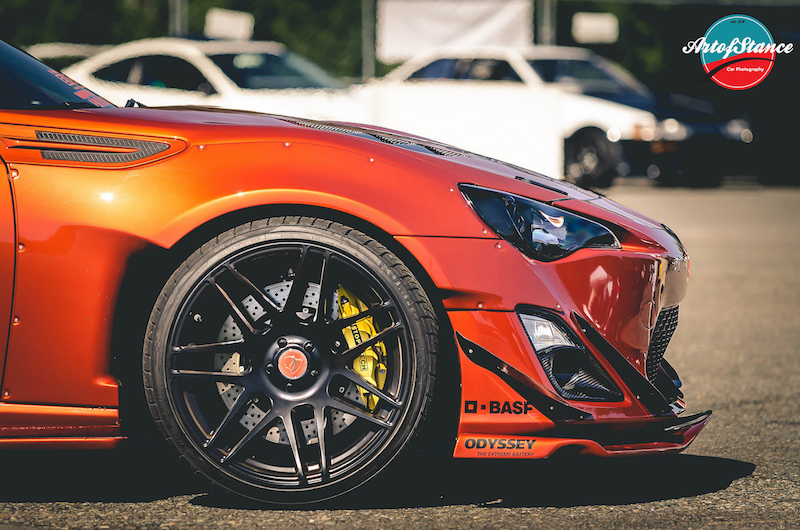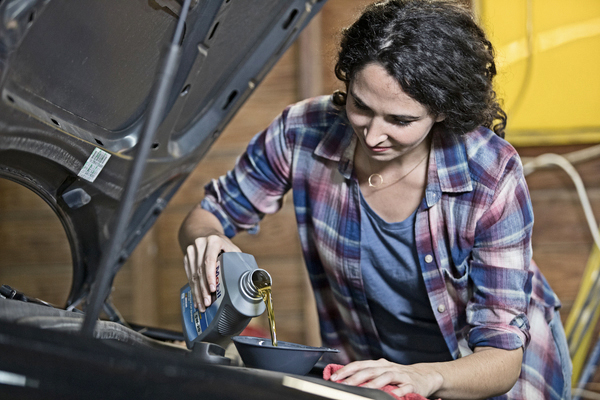
Source / Andreas Tellefsen/Flikr
Wheels: Bigger isn’t Always Better
Seems that “Bigger is better” has become something of an American mantra. We’ve got Big Macs, big sunglasses, big houses, big trucks. And in the automotive modification world, big wheels. The latter have grown from simply big to downright cartoonish in some cases, giving some rides the look of rolling caricatures.
On the other hand, there are big wheels that do more than add automotive eye candy. With improved performance as the goal, these wheels, when shod with high-performance tires, are essentially the athletic shoes of the automotive aftermarket.
Yet despite how cool bigger than stock wheels may look, depending on where your priorities lie, they may not be the best choice for your car.
Bigger For More Bling
The first custom wheels to start the big wheel movement were “Dubs”, which is urban slang for the number 20. Measuring 20 inches in diameter, these large wheels were favored among pro athletes, rappers and other celebrity types who wanted their rides to draw even more attention. Some even had separate center pieces that would spin freely, further upping the “look at me” factor when the car stopped and the wheels seemingly kept spinning.
Originally seen fitted to big luxury cars, such as Cadillacs, S-Class Benzes, 6- and 7 Series BMWs and various Bentleys, Dubs soon appeared on exotic sports cars too. Eventually, as the wheel choices expanded and got more affordable, non-wealthy folks got into the act, putting them onto more mainstream cars and trucks, such as Chevy Camaros, Olds Cutlasses, Chevy Caprices, Chevy Tahoes, Ford Expeditions and Ford Crown Victorias. The car makers themselves started offering big wheel options as well.
More recent years have seen these styling statement wheels grow much larger, with 24-inch and even larger aftermarket hoops being squeezed into fenders originally designed for 15-, 16-, or 17-inch factory wheels. Although they’re larger than 20s, these wheels are still called Dubs by most people. Indeed, a magazine dubbed “Dub” sprang up back in 2000 to celebrate the big wheel culture. And it’s still going strong today, some 18 years later.
Typically chromed and sporting fancy designs, Dubs were (and are) typically much heavier than the original wheels which came on a given car. That’s not a good thing as it negatively affects the car’s overall performance and ride characteristics. Due to their greater mass, they take more power to overcome what’s called rotational inertia. In other words, because they’re heavier, it takes more power to get them rolling. Conversely, once they’re up to speed, it takes longer to slow them down. So both acceleration and braking are affected.
Similarly, their heavier weight makes them slower to react to quick up-and-down motions of the suspension. Factor in the super low profile tires they’re wearing, whose minuscule, stiff sidewalls offer virtually no impact absorption, and you’re left with a notably harsher ride than what the car originally provided.
Bigger Wheels for Performance Enhancement
On the other end of the big wheel spectrum are the performance wheels that are typically available in “Plus-1, Plus-2, Plus-3” etcetera fitments, which indicate how much larger (in inches) than the stock wheel they are. These larger wheels are constructed of ultra-lightweight materials such as exotic alloys or even carbon fiber, so they actually end up weighing less than the smaller, factory-issued wheels.
As such, these high-performance wheels don’t saddle your ride with any of the ill effects that heavier wheels impart on a car’s dynamics. Instead, this type of a big wheel upgrade provides notably crisper handling and sharper steering response. Less mass also helps improve acceleration and braking qualities.
Yes, going with these larger yet lighter wheels still means that, even without suspension mods, the ride is going to be somewhat stiffer than stock due to those shorter, stiffer tire sidewalls. So those who are happy with their car’s factory-issued handling and ride balance may want to reconsider this type of upsizing upgrade, while those enthusiasts looking for sharper, more “connected-to-the-road” handling will likely feel it’s a more than fair trade-off.







